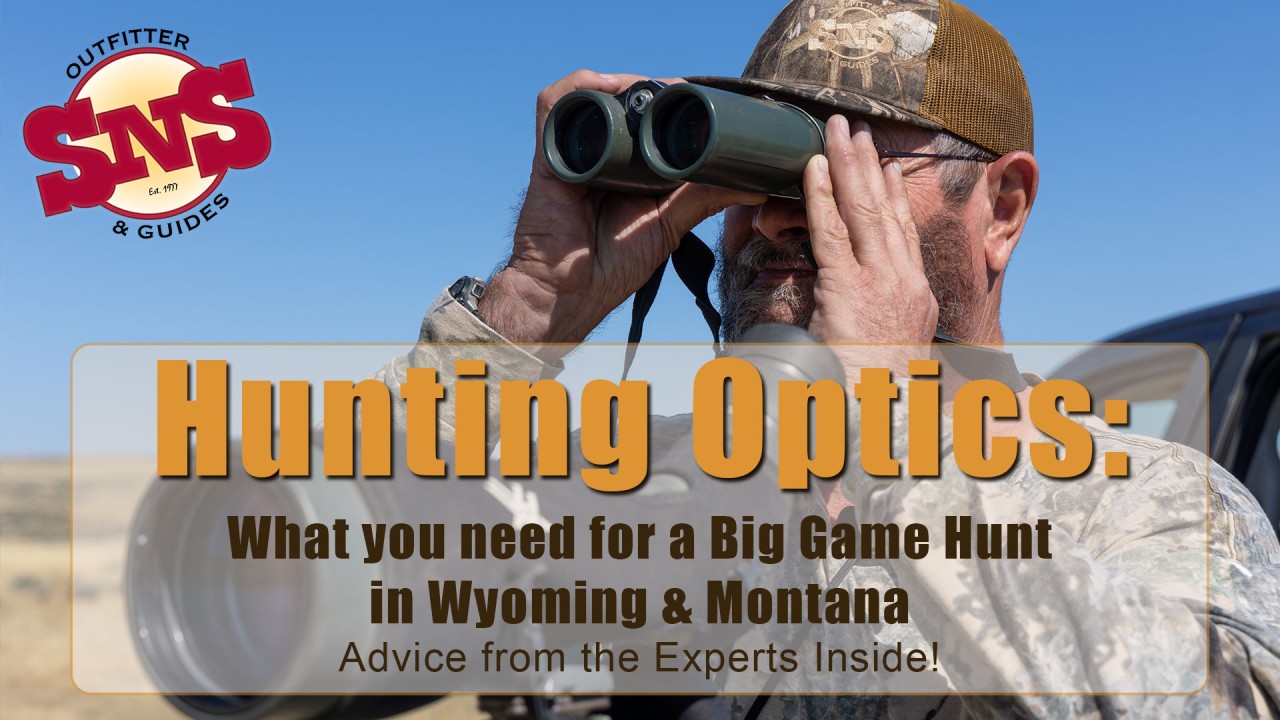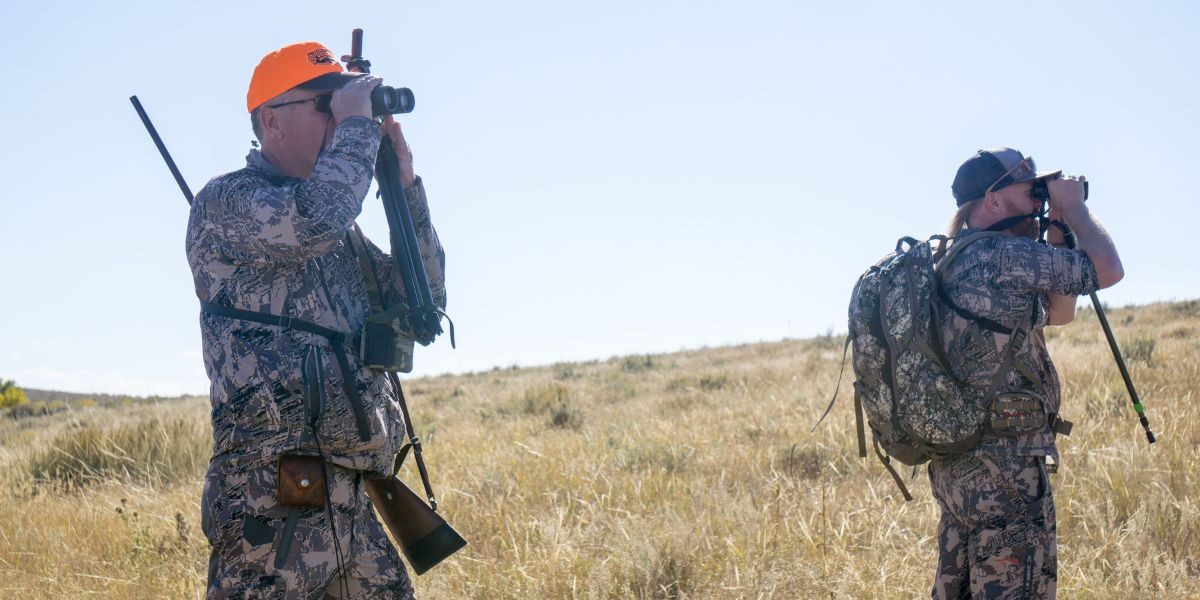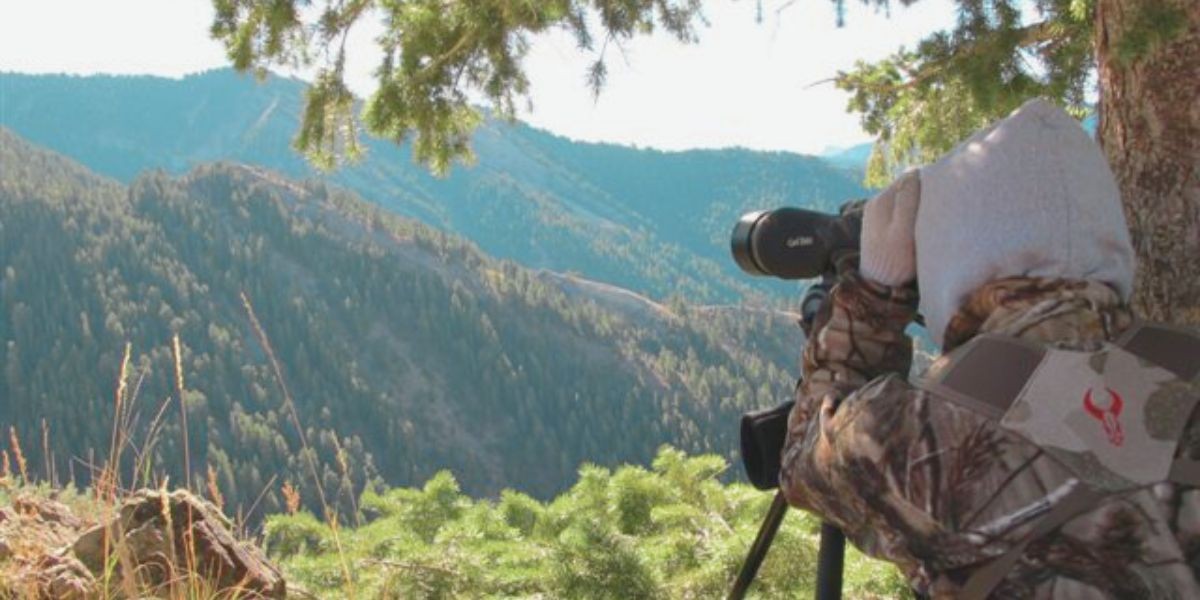What You Need for Western Big Game in Wyoming & Montana Have you ever wondered what optics you actually need for a western big game hunt? From elk in the timber to antelope on the prairie, success starts with having the right glass. In this SNS Outfitter Classroom session, Miss Heather calls in a "substitute teacher". Meet Jesse Burd of Rocky Mountain Discount Sports. Jesse breaks down the essentials: binoculars, rangefinders, and spotting scopes. What to look for, how to use them...
Whether you're glassing for antelope in the open plains, spotting mule deer in the high country, or chasing elk with a bow, one thing remains constant: you’ll be spending a lot of time behind the glass. In Wyoming’s vast and rugged landscapes, quality binoculars give you a serious advantage. Here are three key tips for selecting the right binoculars for your next western hunt.
1. Invest in Quality Glass
Shopping for binoculars can be overwhelming. Prices range from just a couple hundred dollars to several thousand, and every hunter seems to have their own opinion. But it doesn’t have to be complicated.
There’s no doubt that interest in western mule deer hunting has grown steadily over the past decade. From the high plains to alpine basins above timberline, mule deer continue to capture the imagination of big game hunters across North America.
At SNS Outfitter & Guides, we’ve seen this trend firsthand. With Wyoming offering some of the best and most accessible mule deer hunting in the West—from the rugged peaks of the Greys River to the open prairies—we’ve guided hunters through nearly every terrain mule deer call home.
SNS Outfitter & Guides is a permittee of the Bridger Teton National Forest, Greys River District & Thunder Basin National Grasslands as well as the Bureau of Land Management.
Outfitter Web Site Design by Waves Web Design.



